Turning a New Leaf
by Deirdre Kelly
photography by HORST HERGET
As York’s horticulturist-in-chief, Graeme Hill spends much of his time outdoors, cultivating an urban forest for generations to come. He digs holes, mulches beds, plants seedlings and tends to trees – all in a day’s work. “This is my office,” the certified arborist says, pointing a dirt-covered finger at the 700 acres of green space carpeting the Keele Campus. Glendon, located 11 kilometres south, adds another huge chunk of wooded territory to his stewardship.
On campus, our sustainability hinges on both reducing our carbon footprint and enhancing our local ecosystem – trees help with both
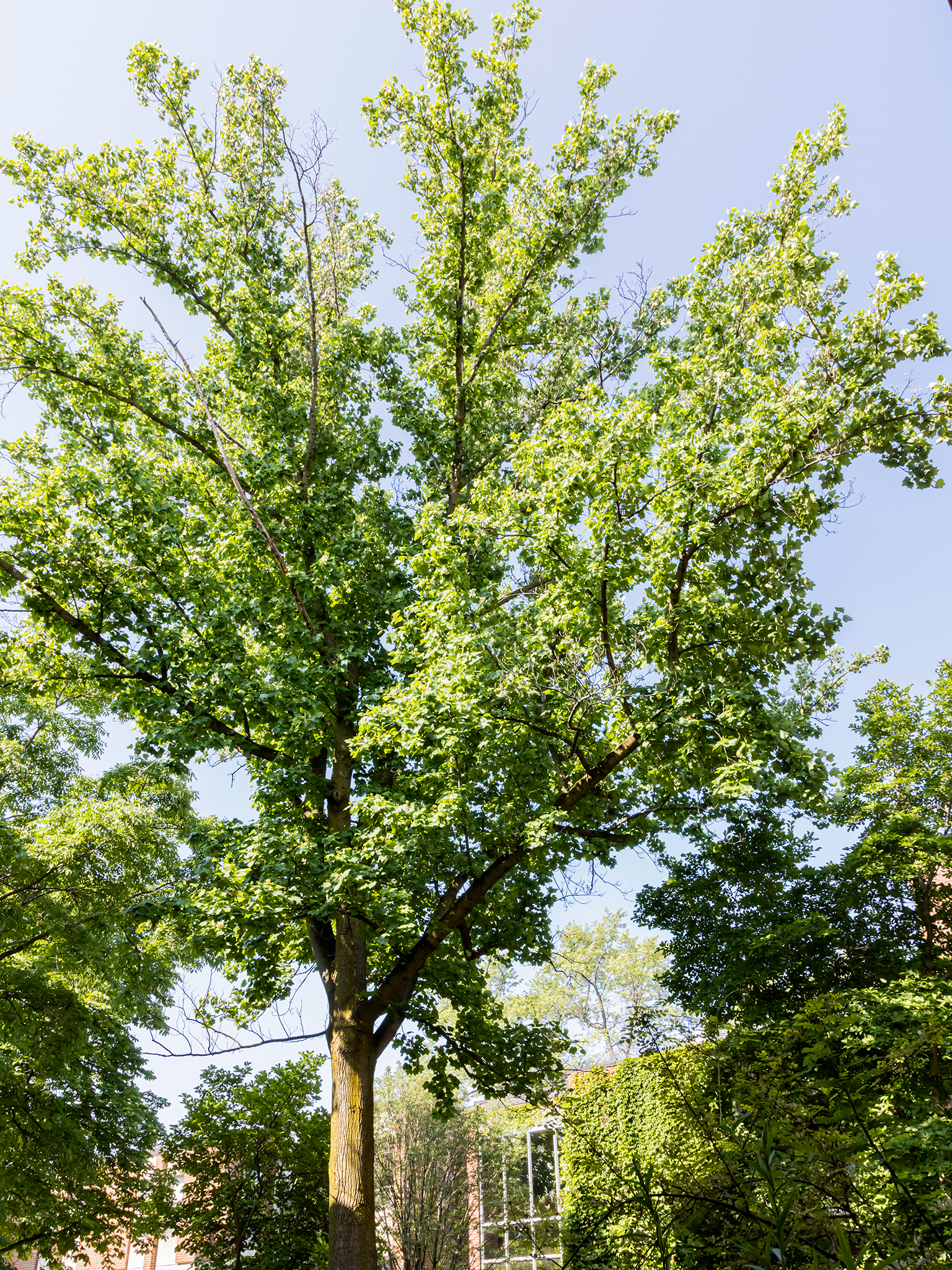
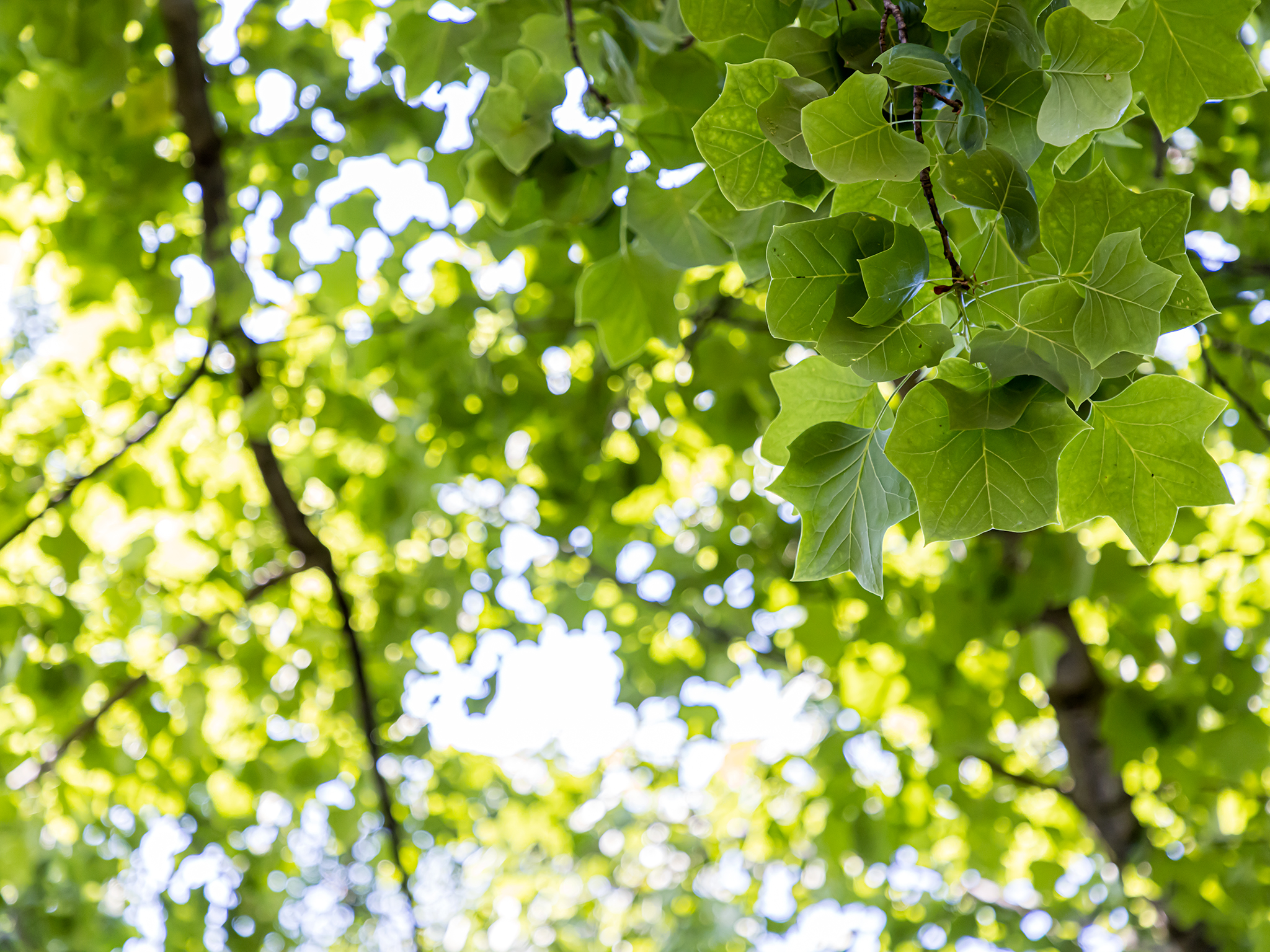
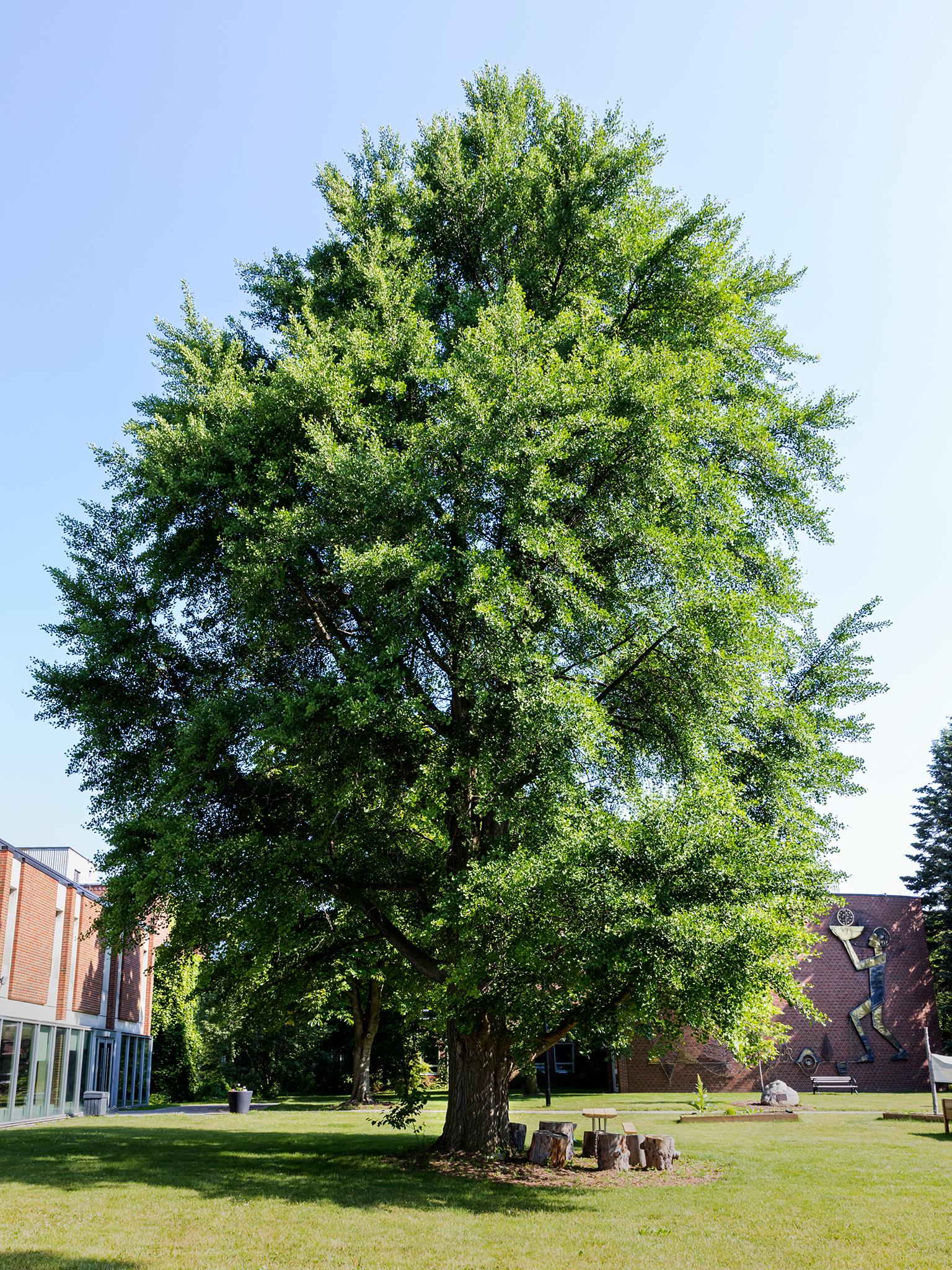
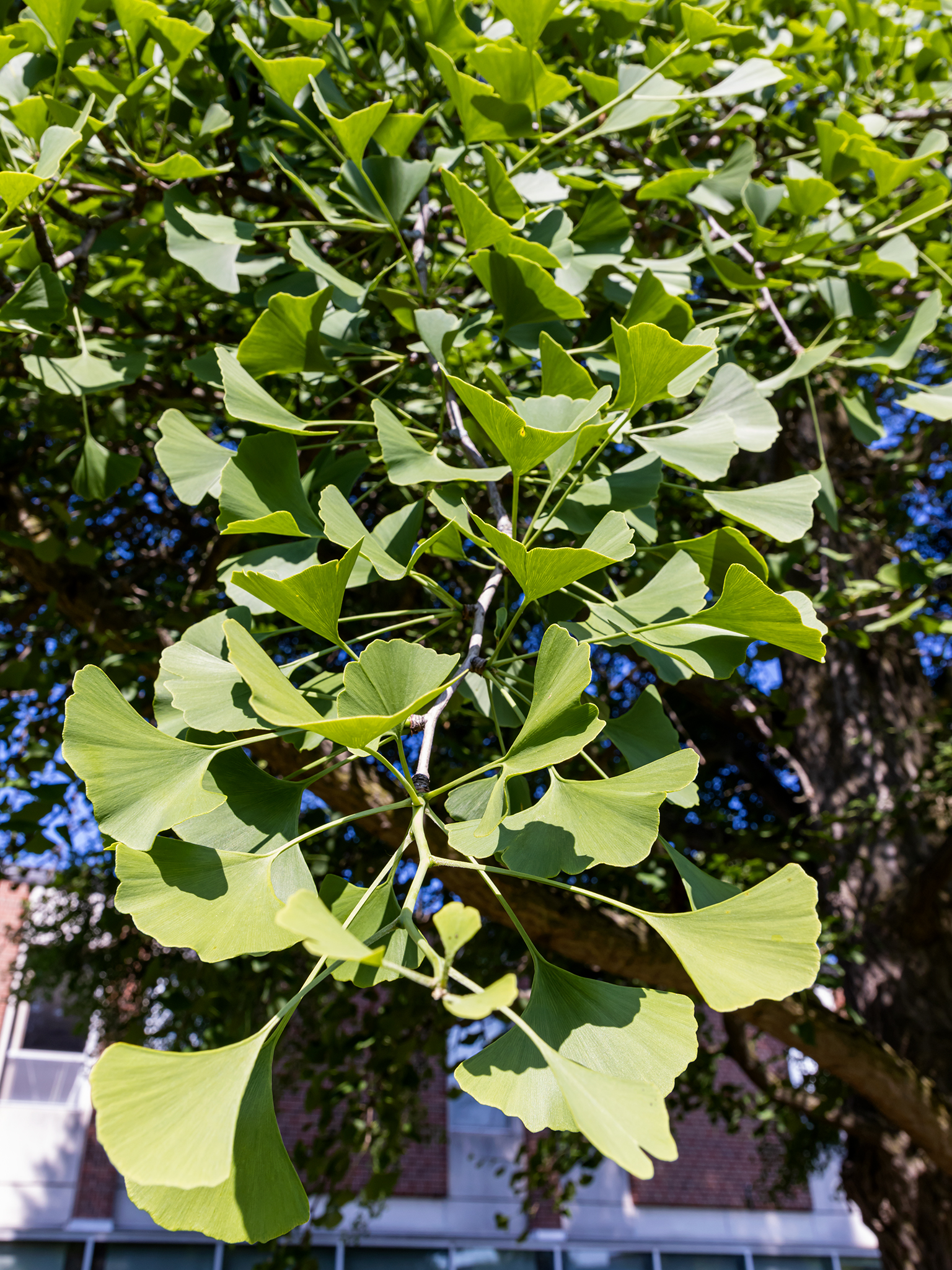
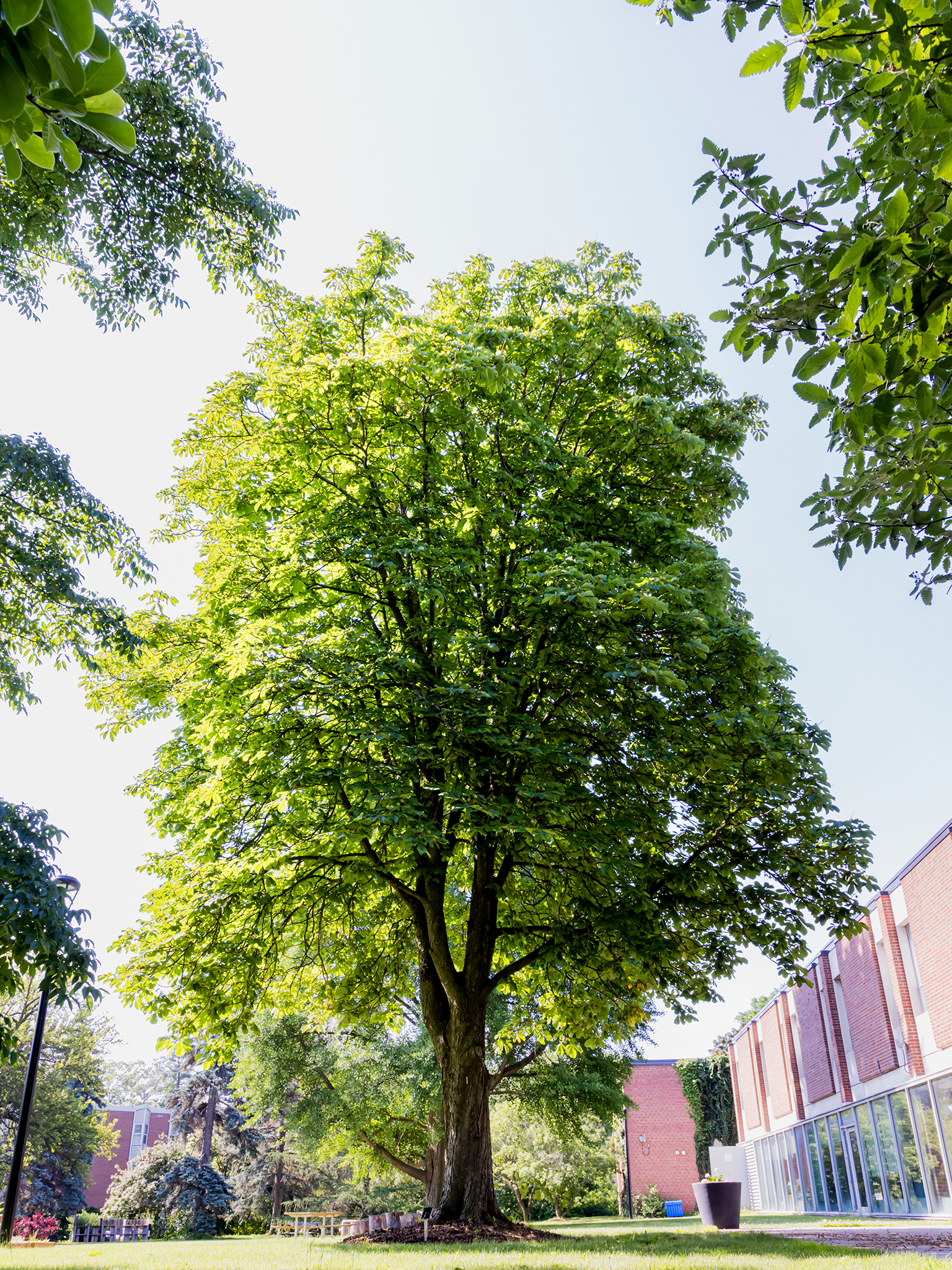
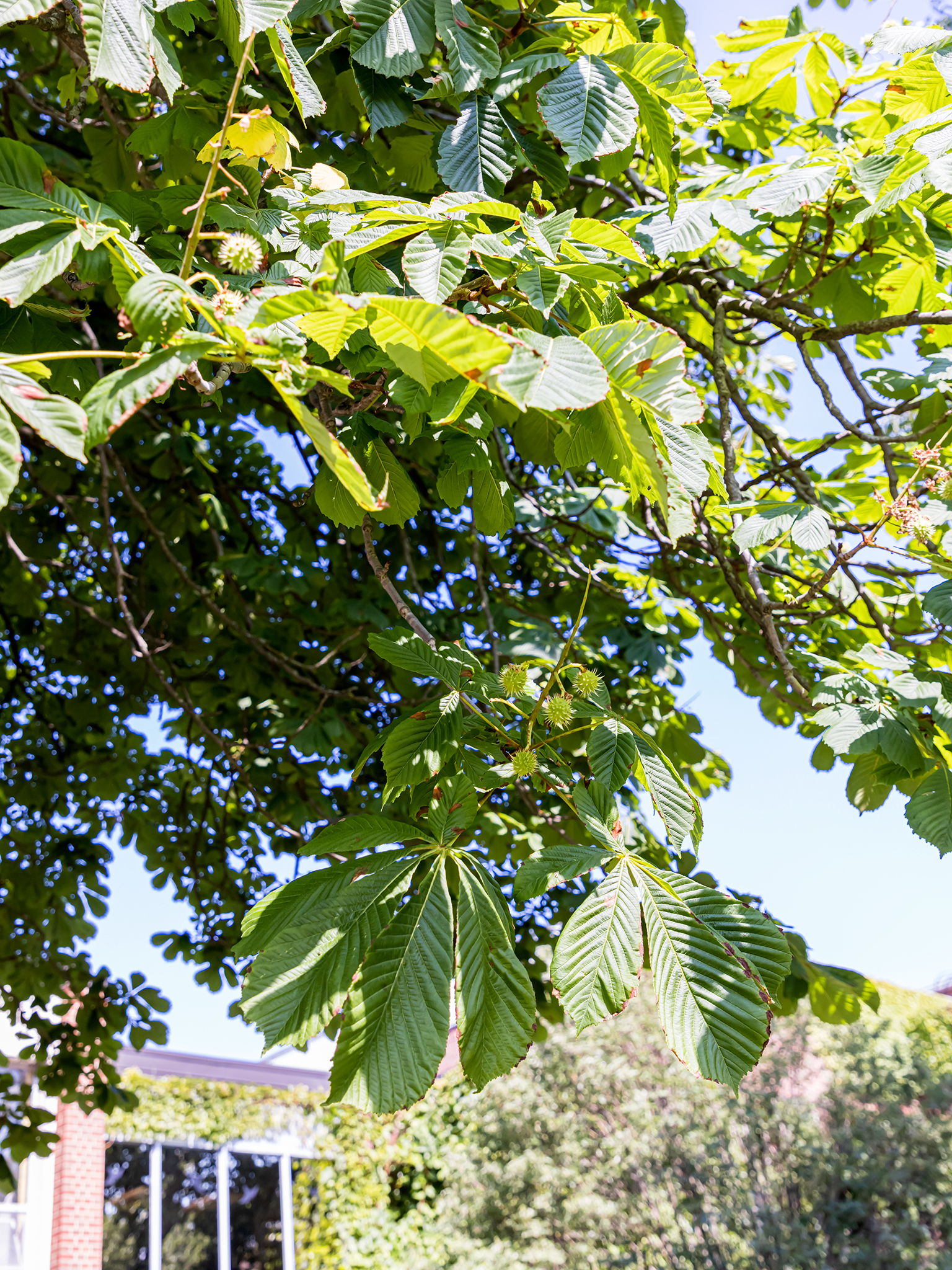
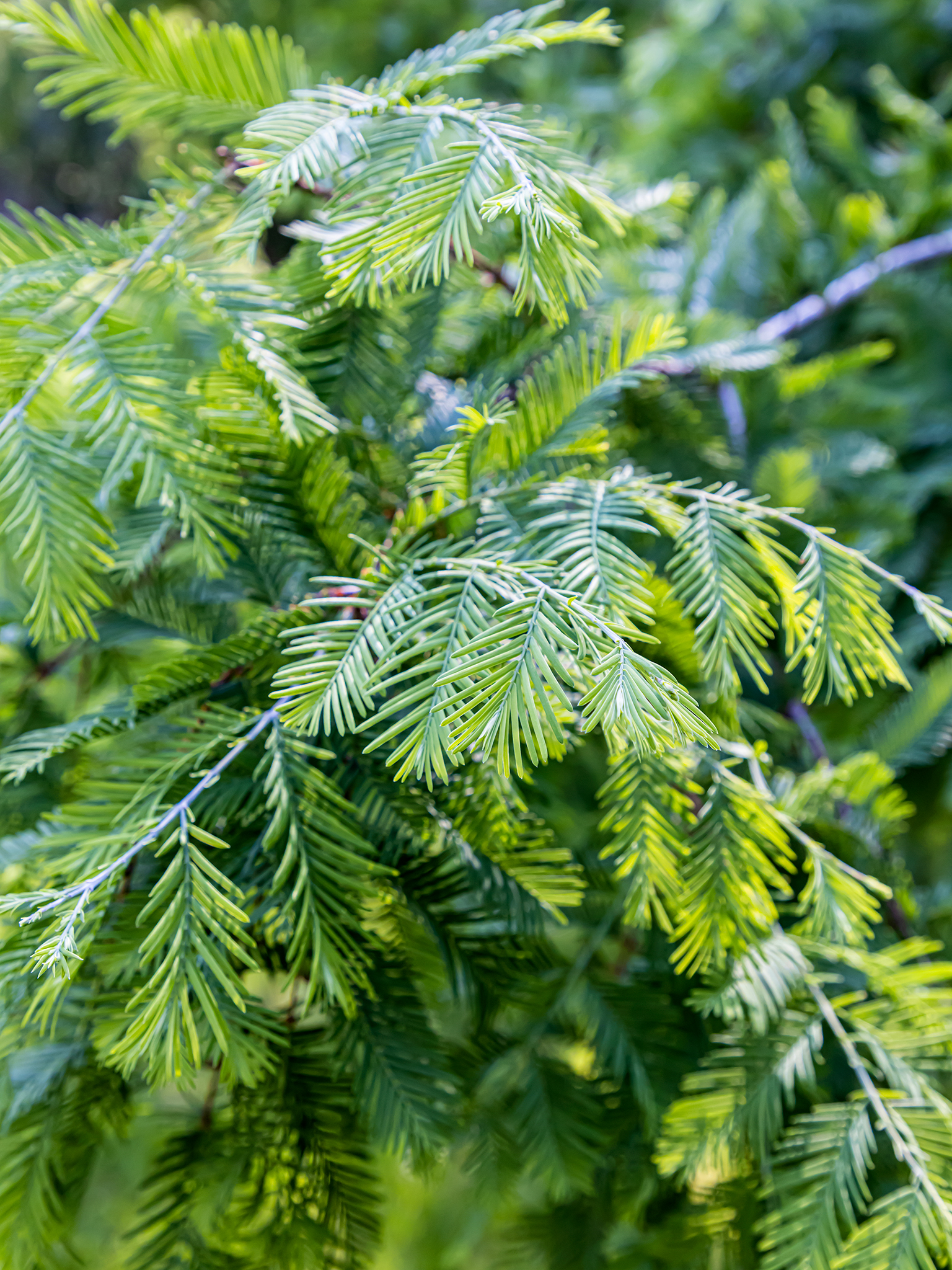
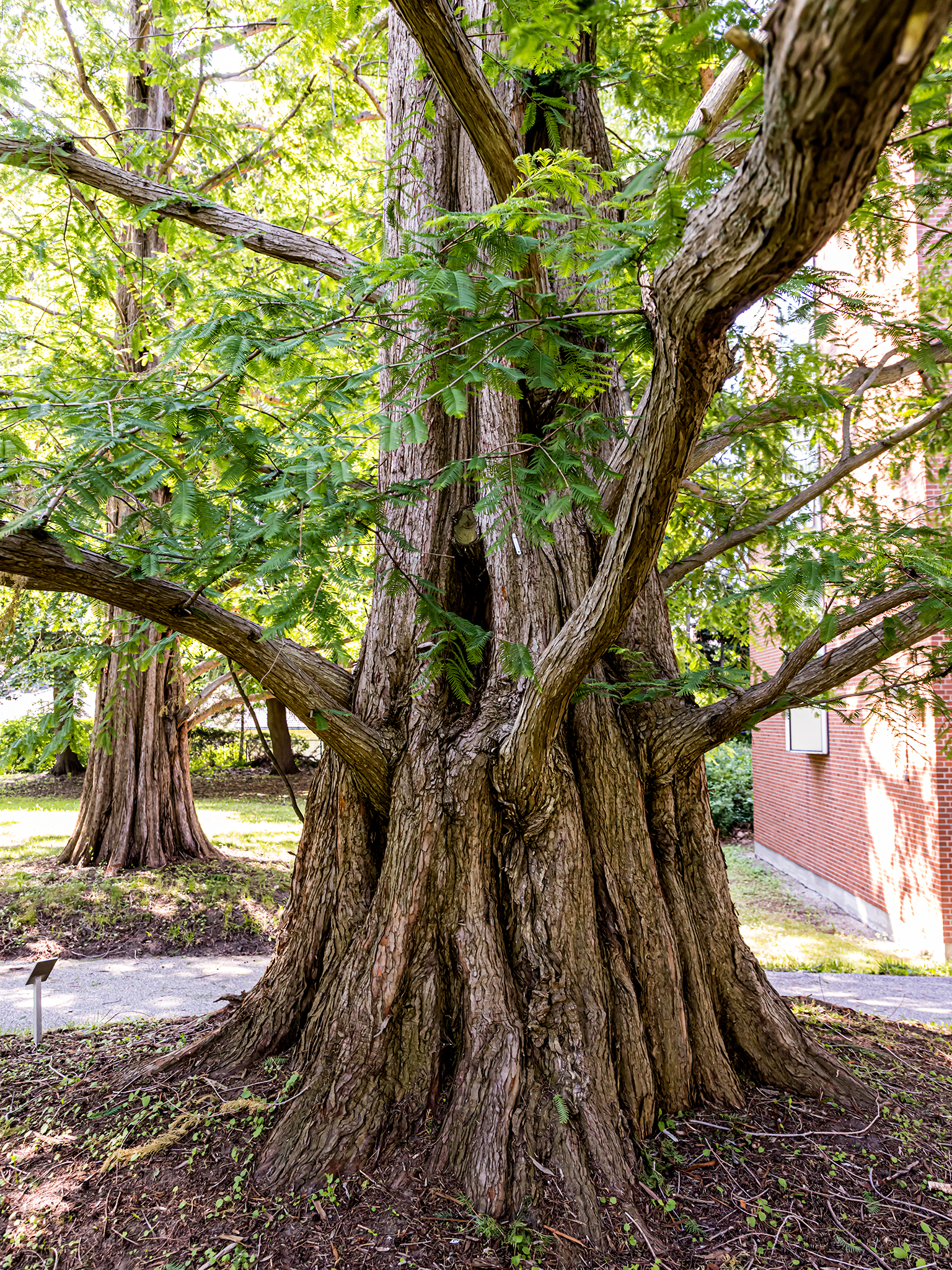
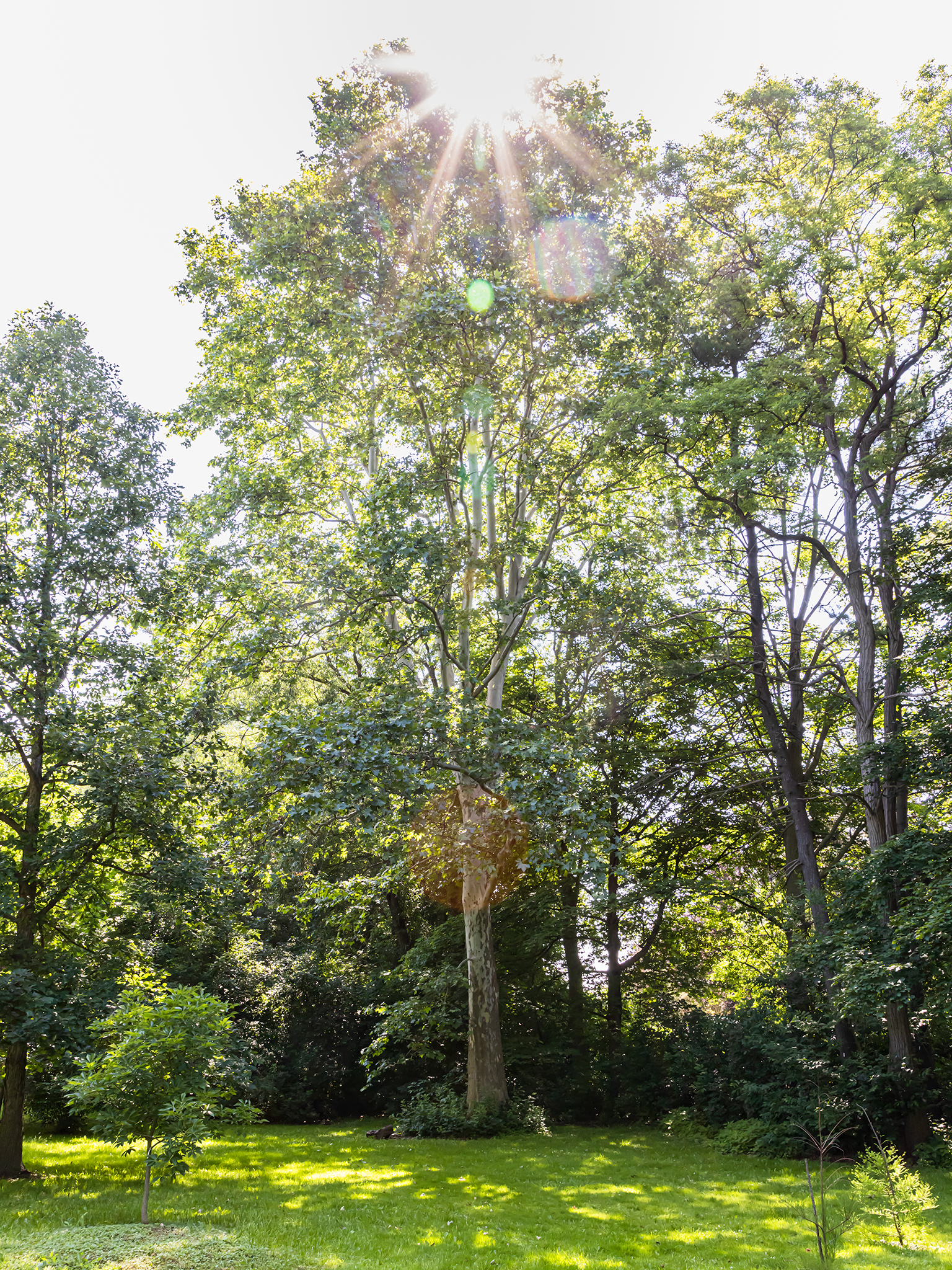
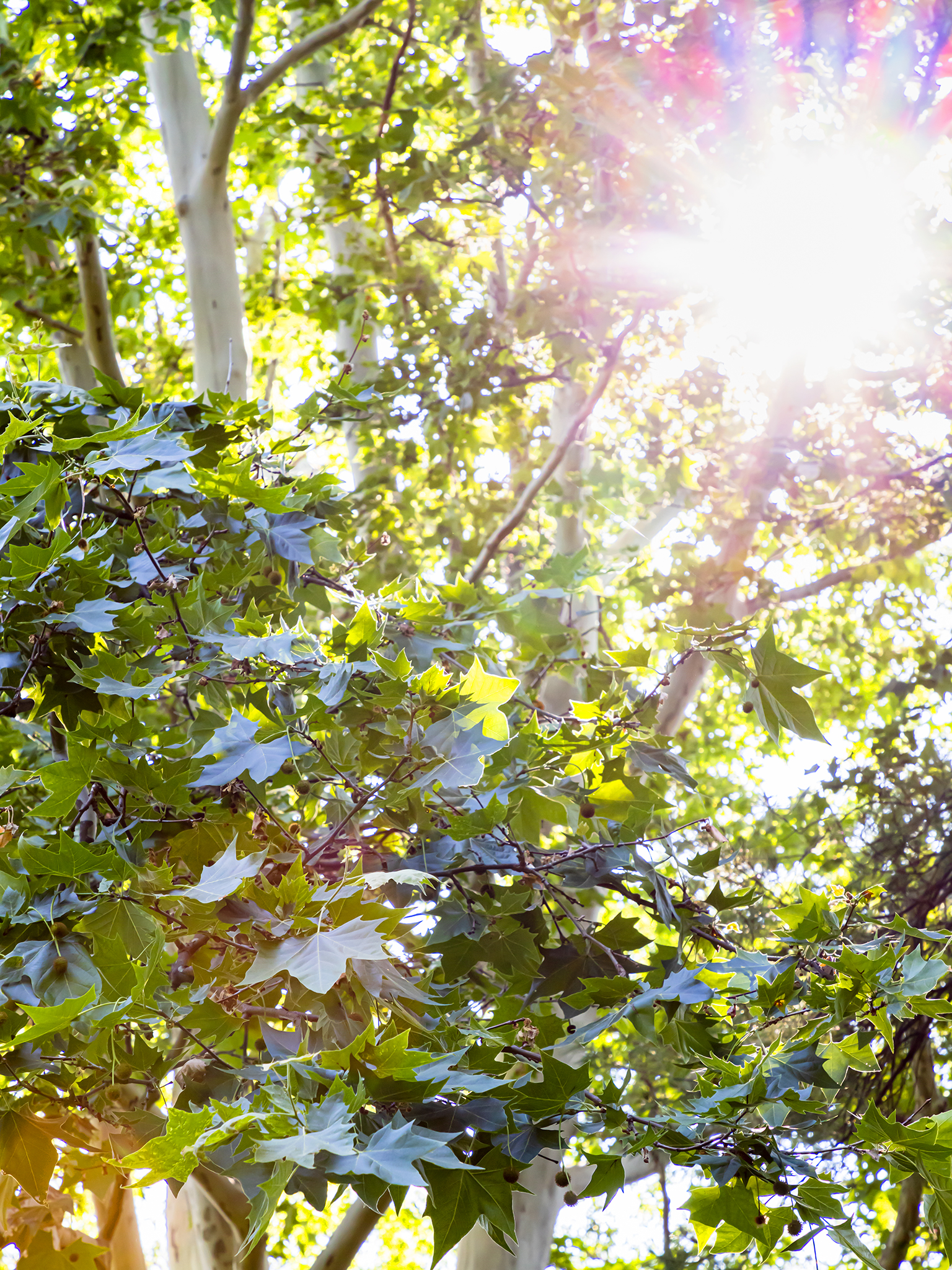
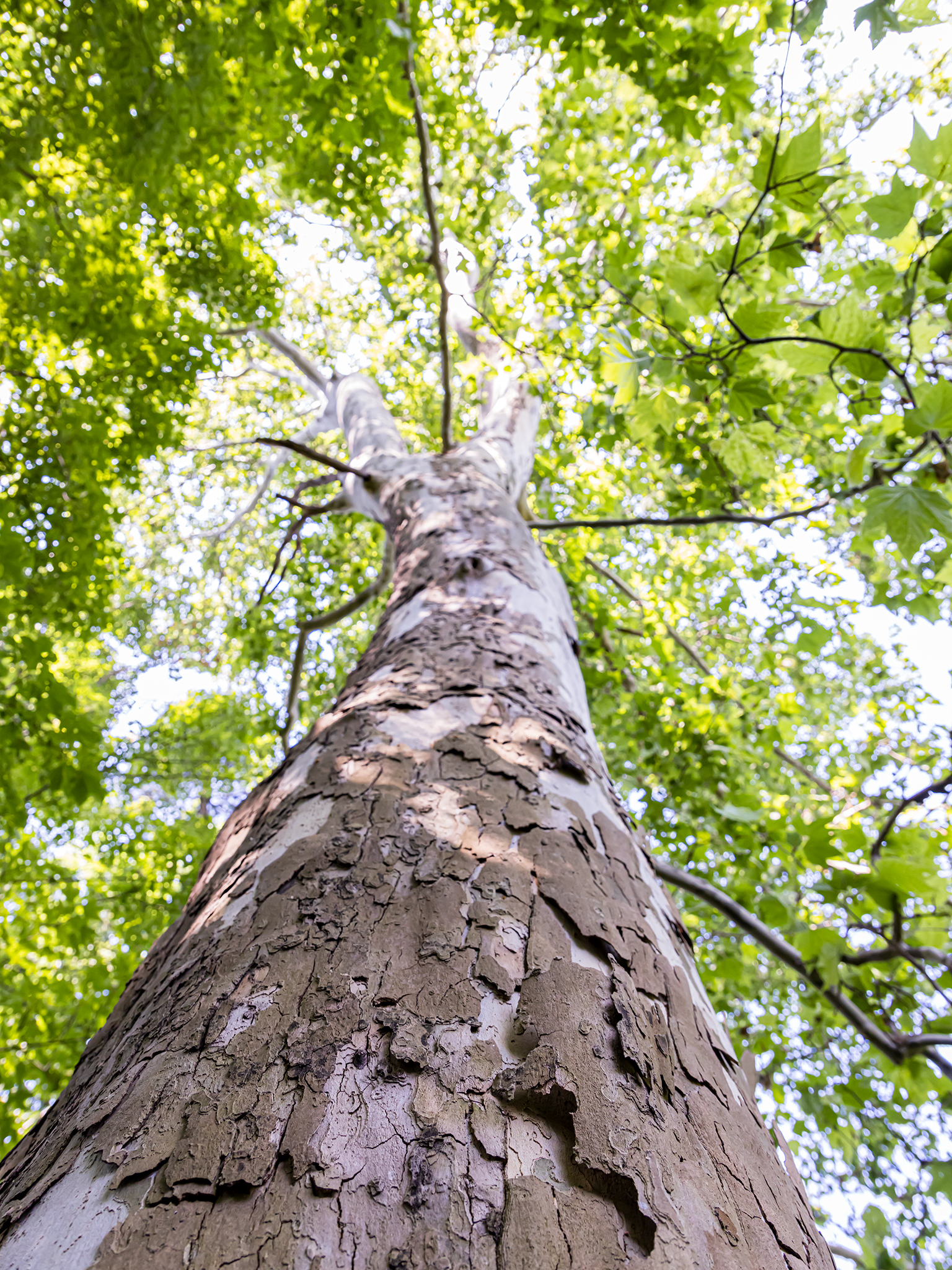
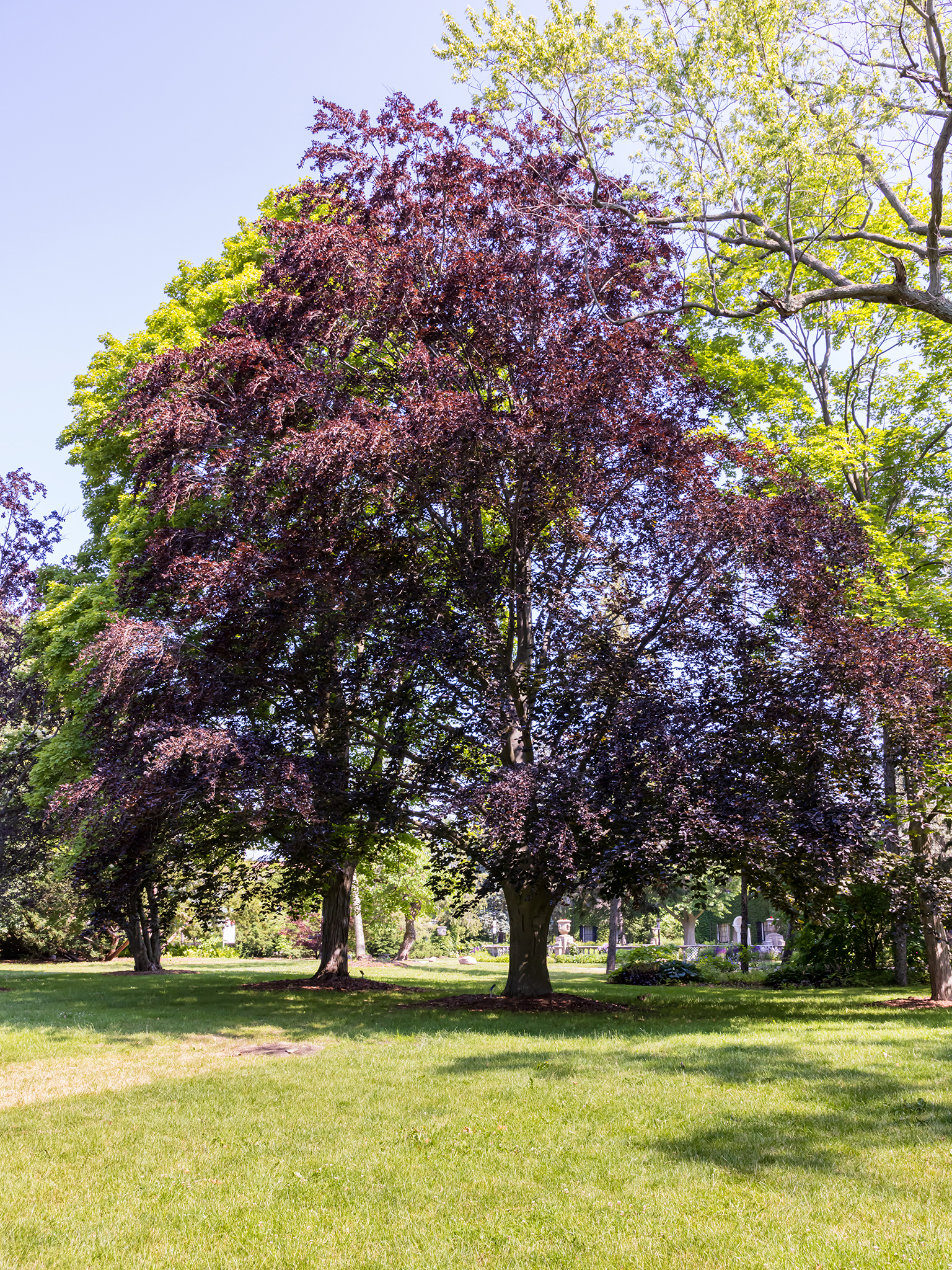

There are dozens of different species of trees and shrubs at York. To ensure they remain healthy – and can thrive in an urban environment – Hill regularly examines them for signs of rot or disease. Working closely with the Office of Sustainability, he catalogues what he discovers for a tree inventory to benefit the University’s future landscaping plans, coding information on scannable metal tags that are affixed to the trunks of trees for easy identification and growth-tracking purposes.

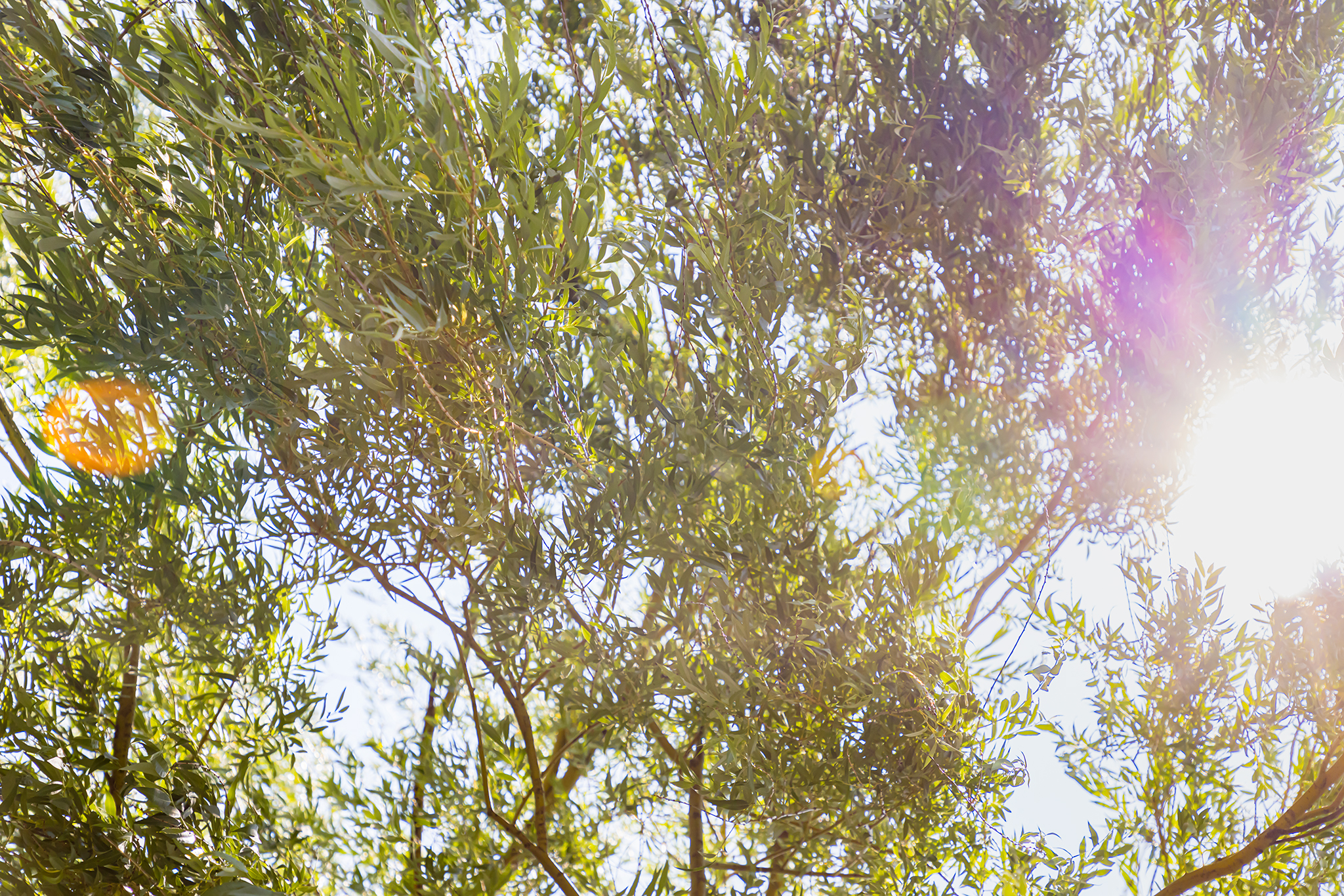
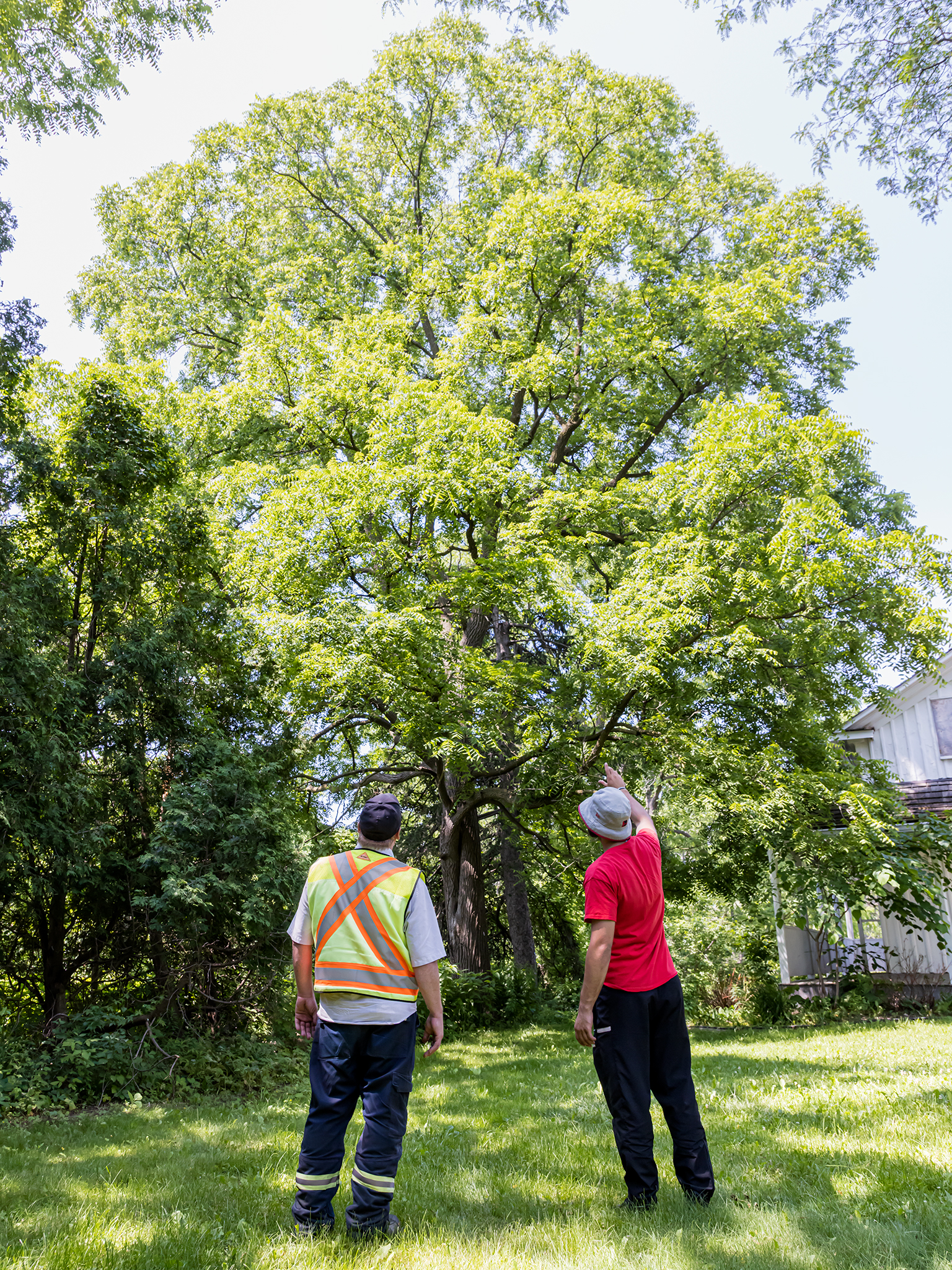

Sick and injured trees are rehabilitated where possible, or else removed and replaced with new ones for continuity of York’s canopied ecosystem.
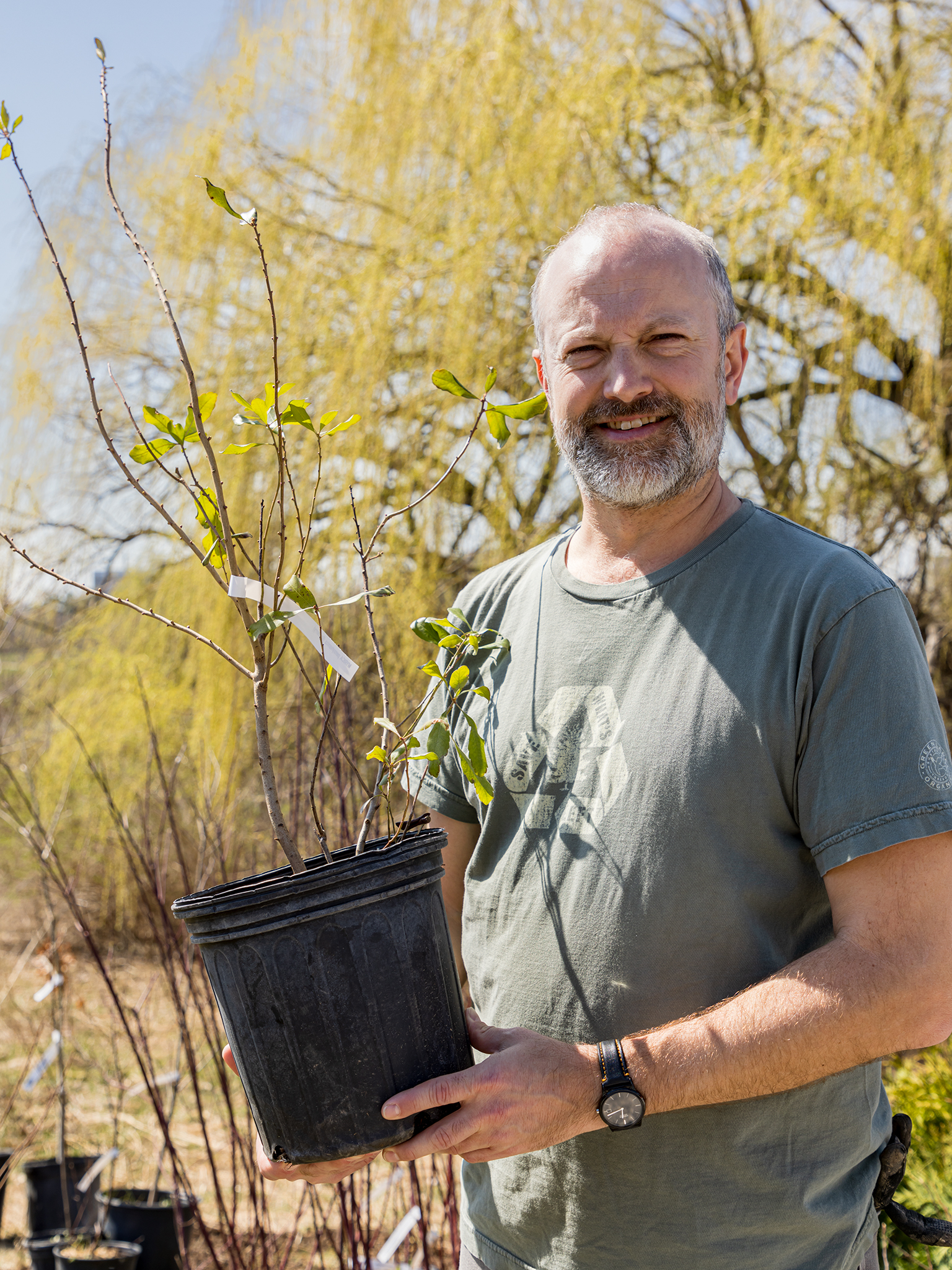
“When it comes to trees,” Hill says, “sometimes you have to practice tough love. “You have to remove what’s potentially dangerous to allow for new growth.” And that growth benefits us all.
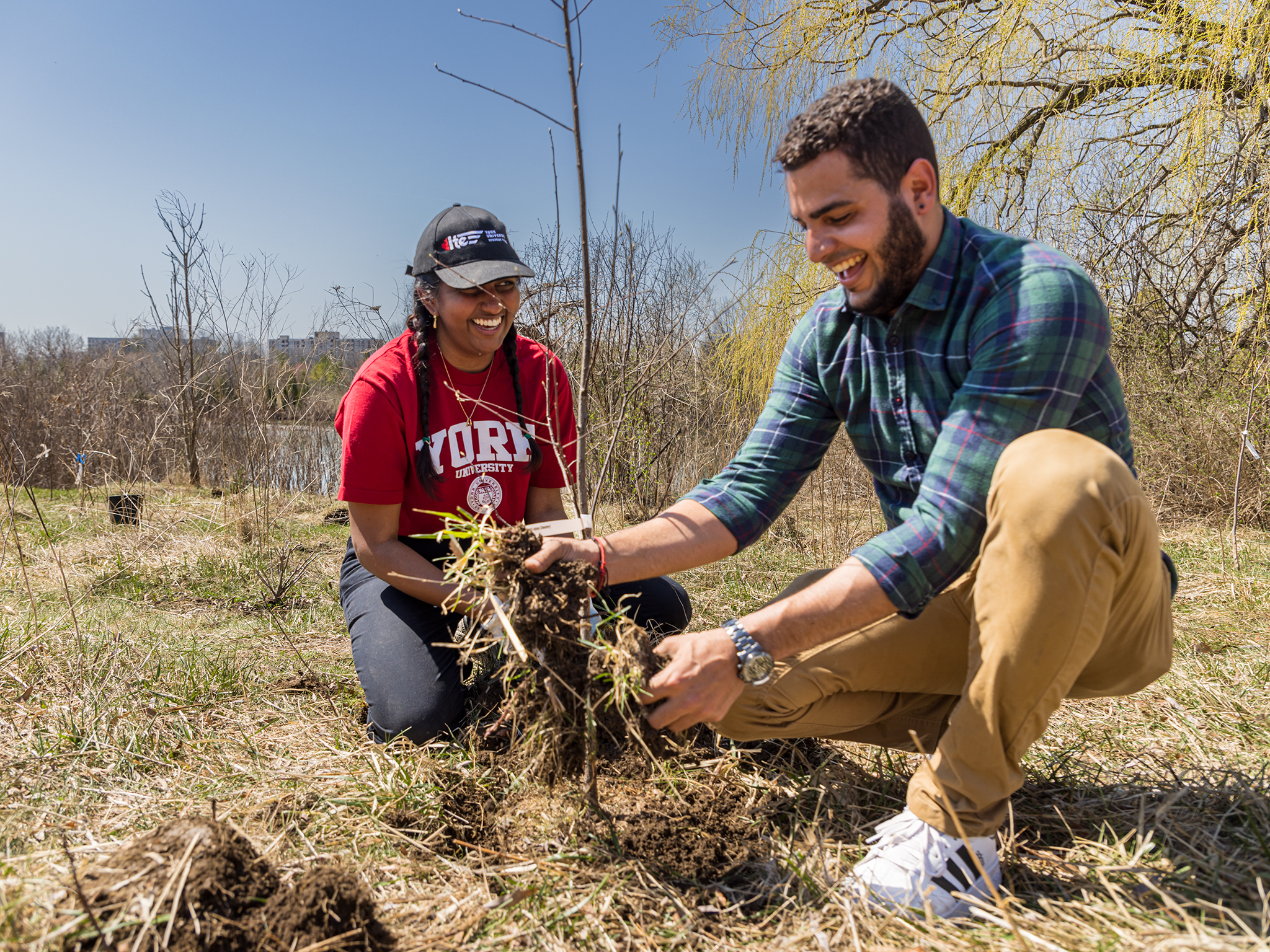
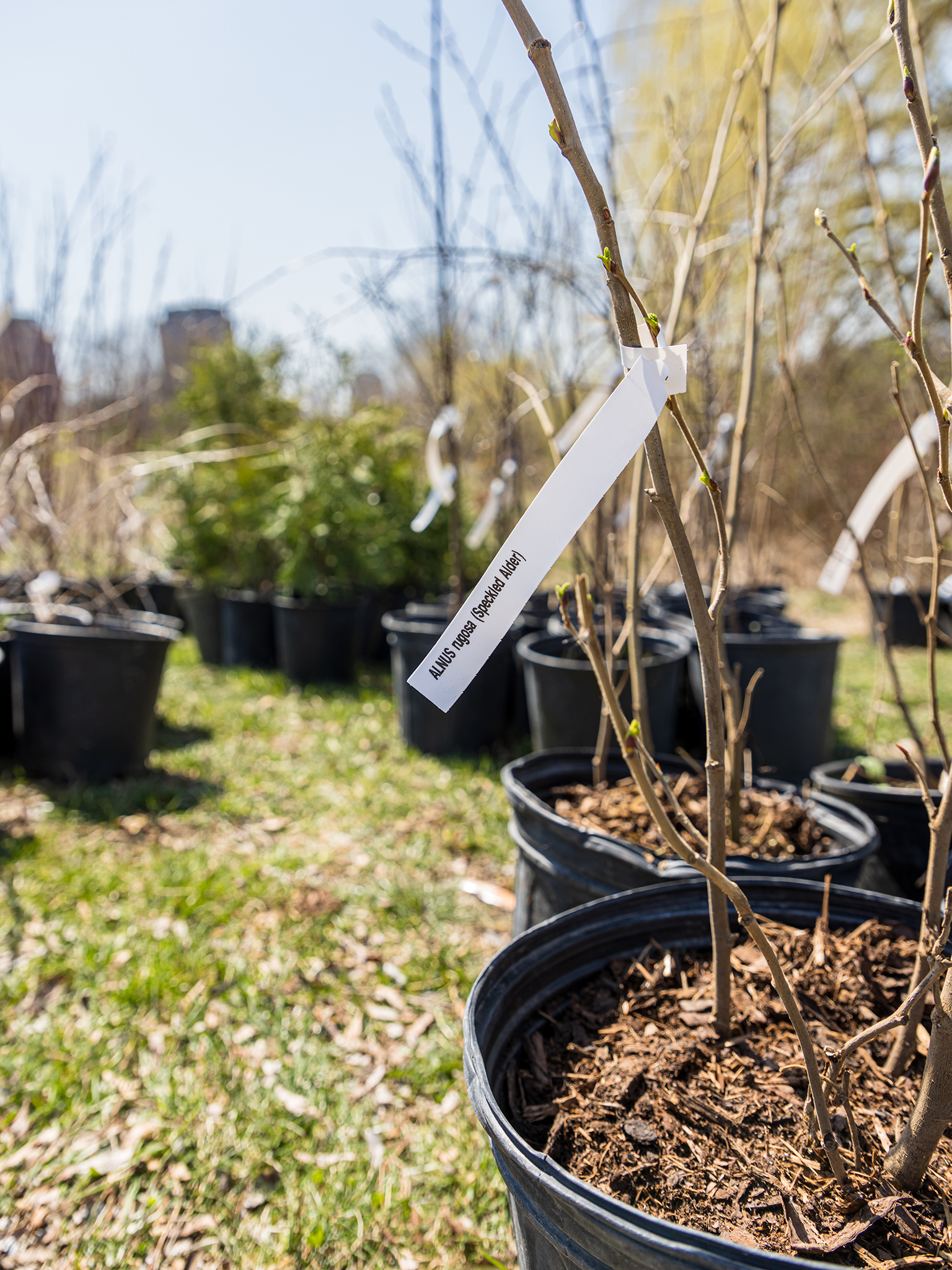
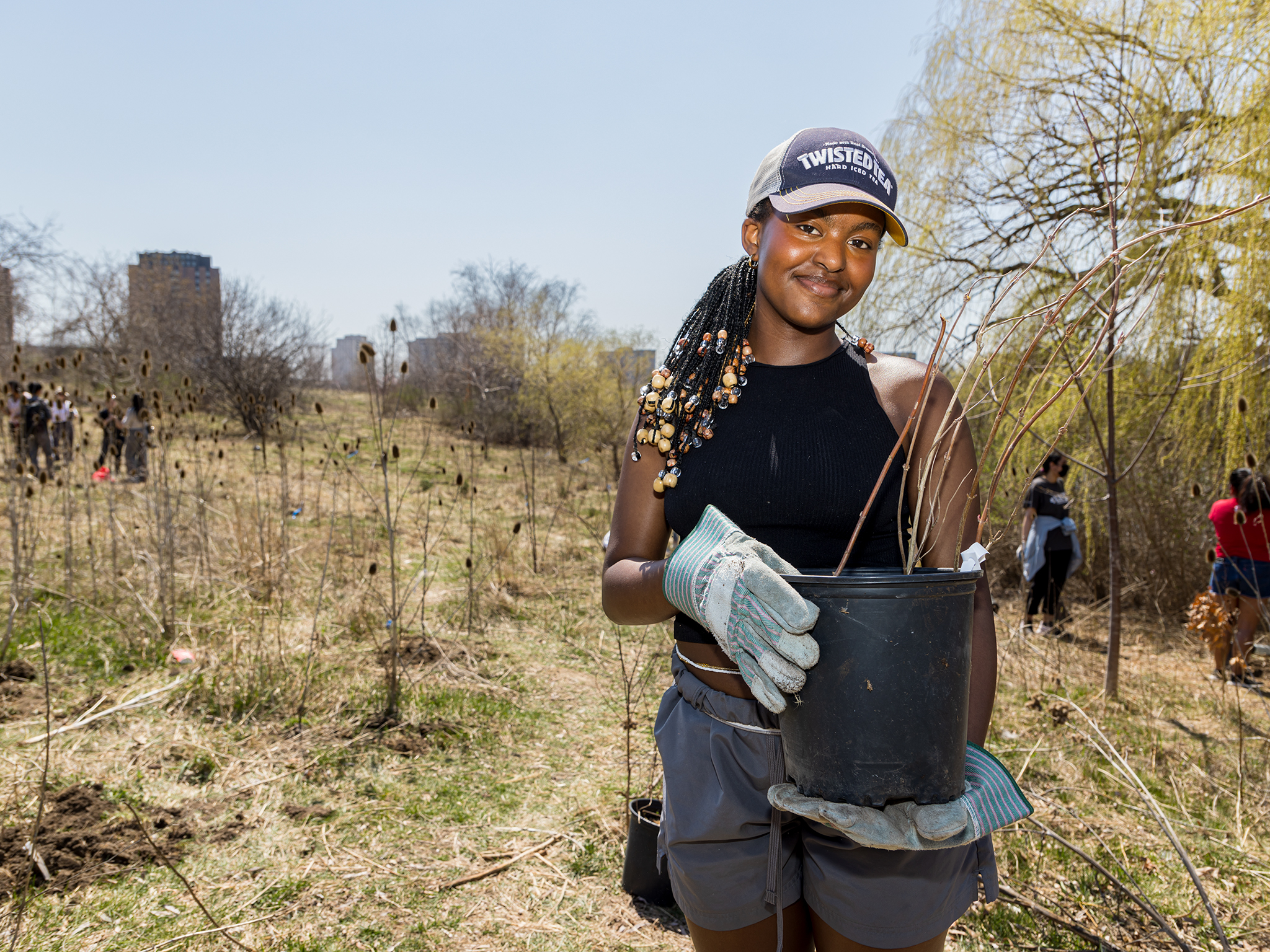
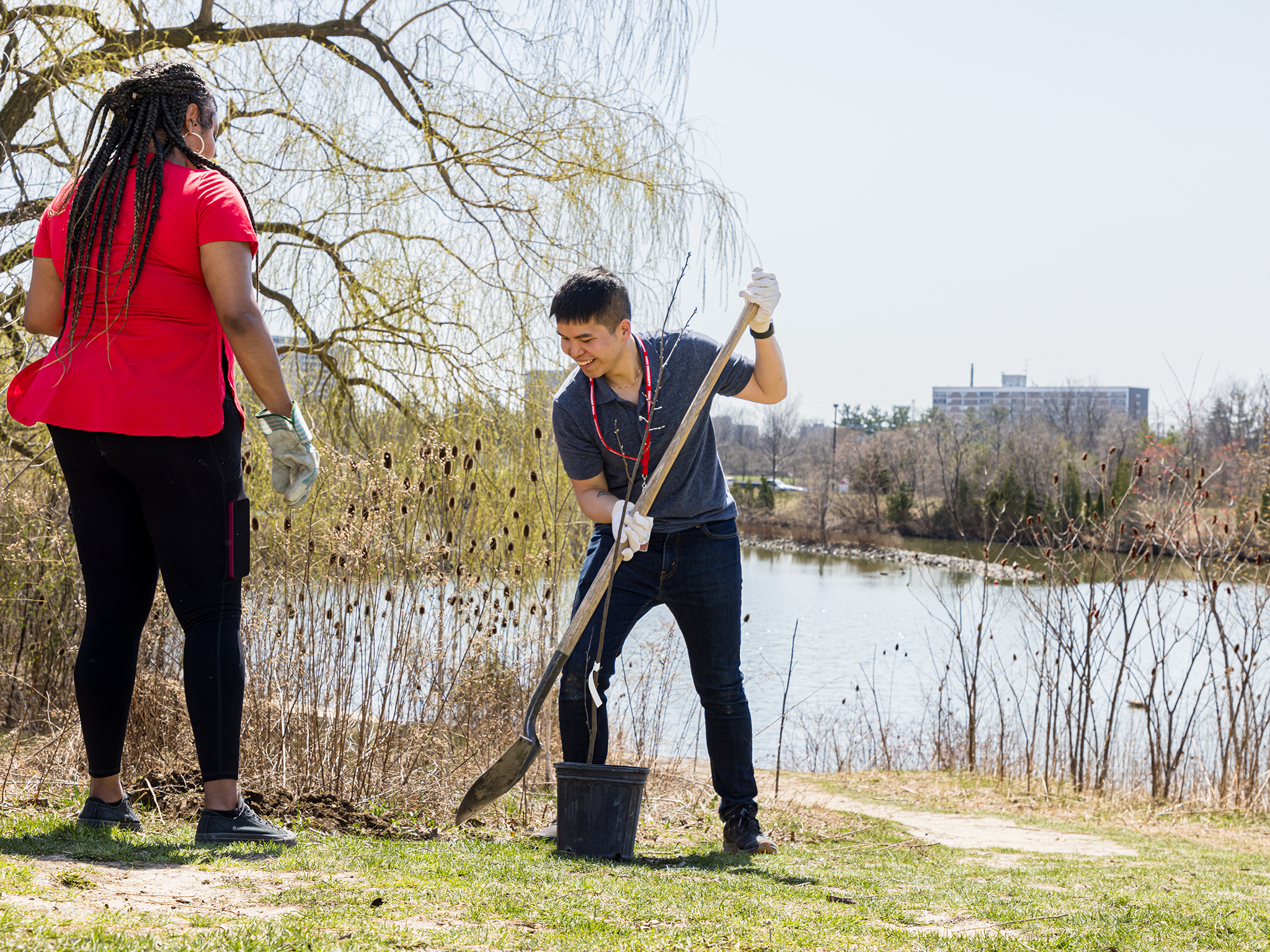
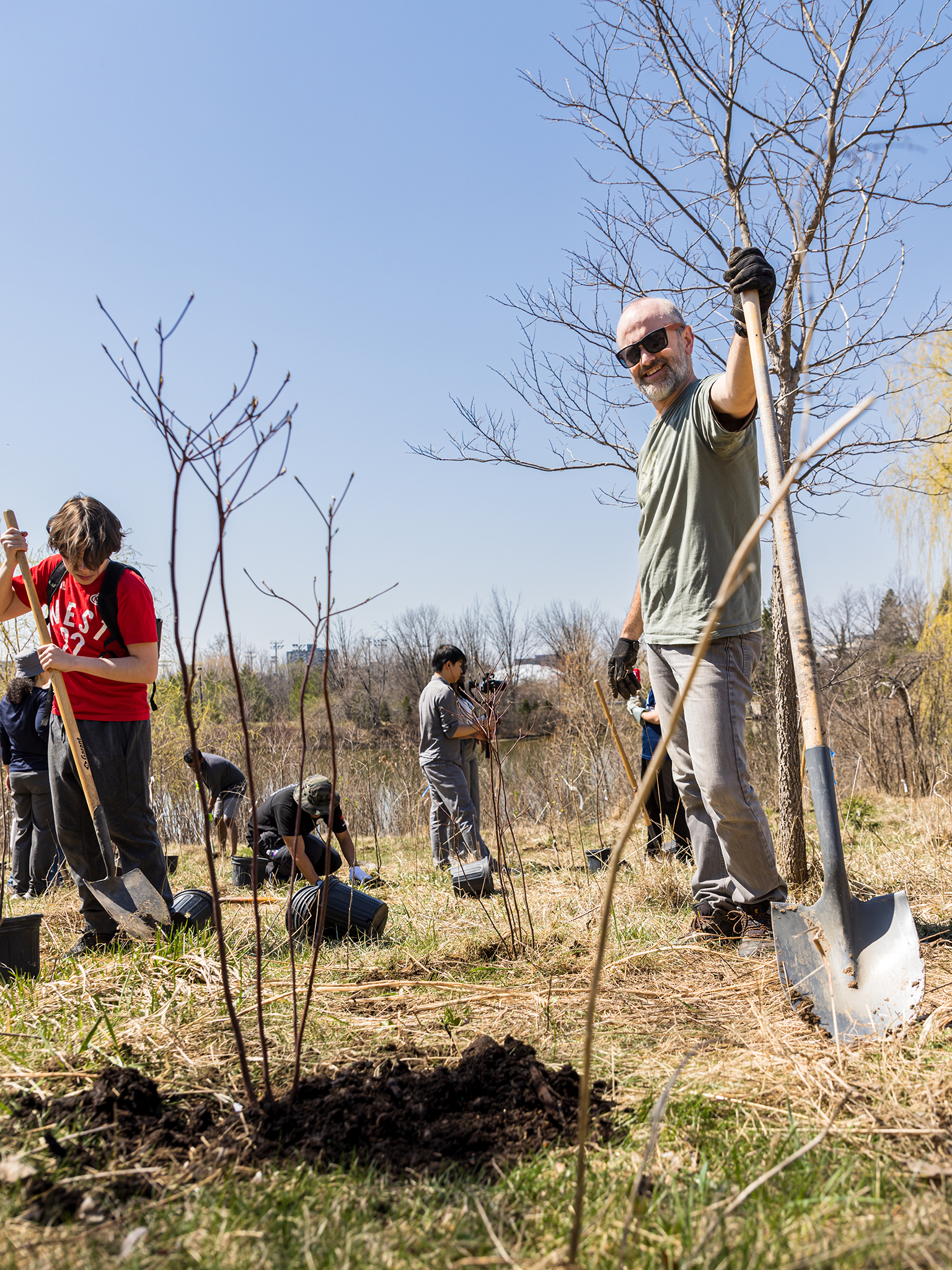
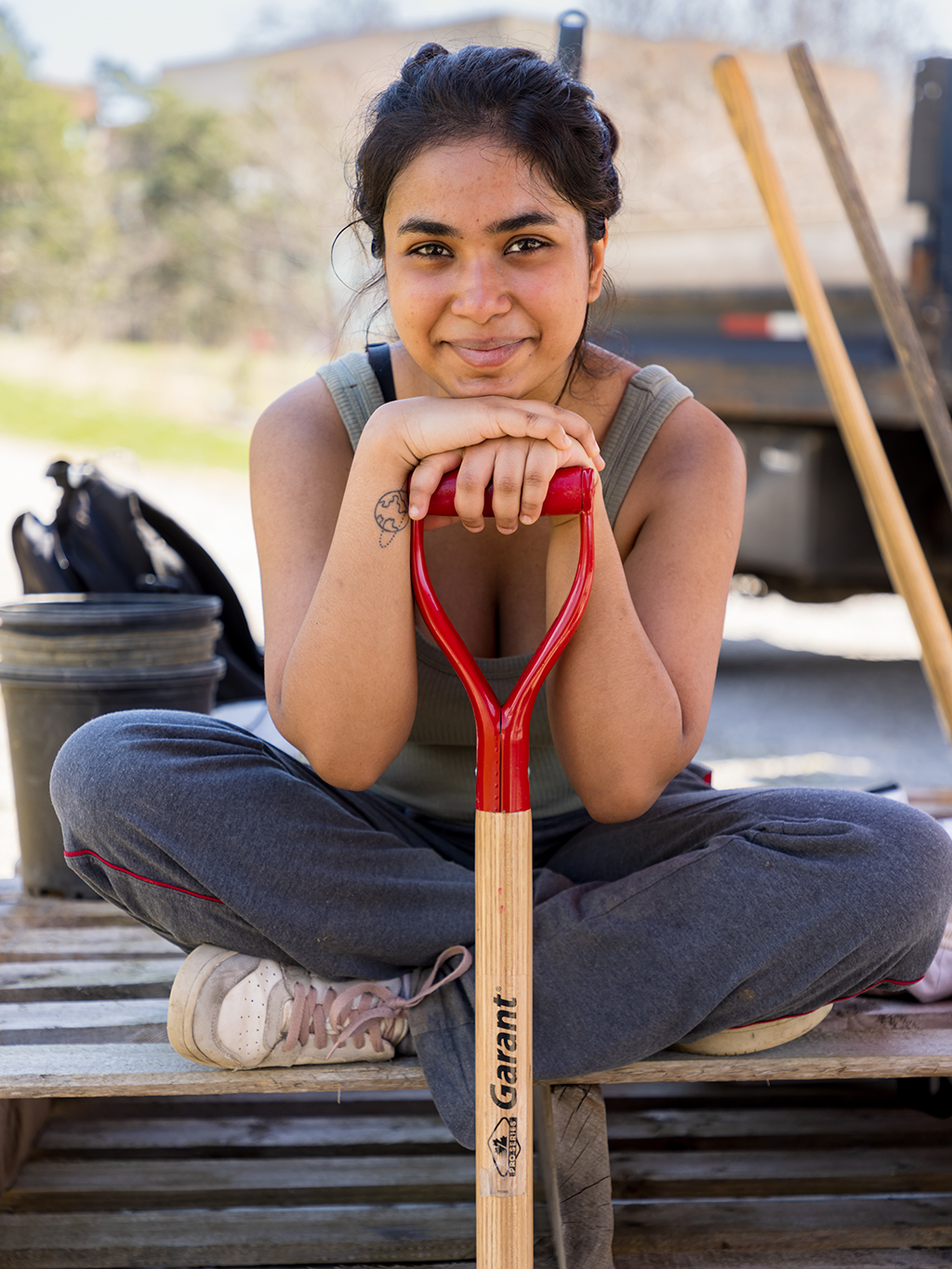
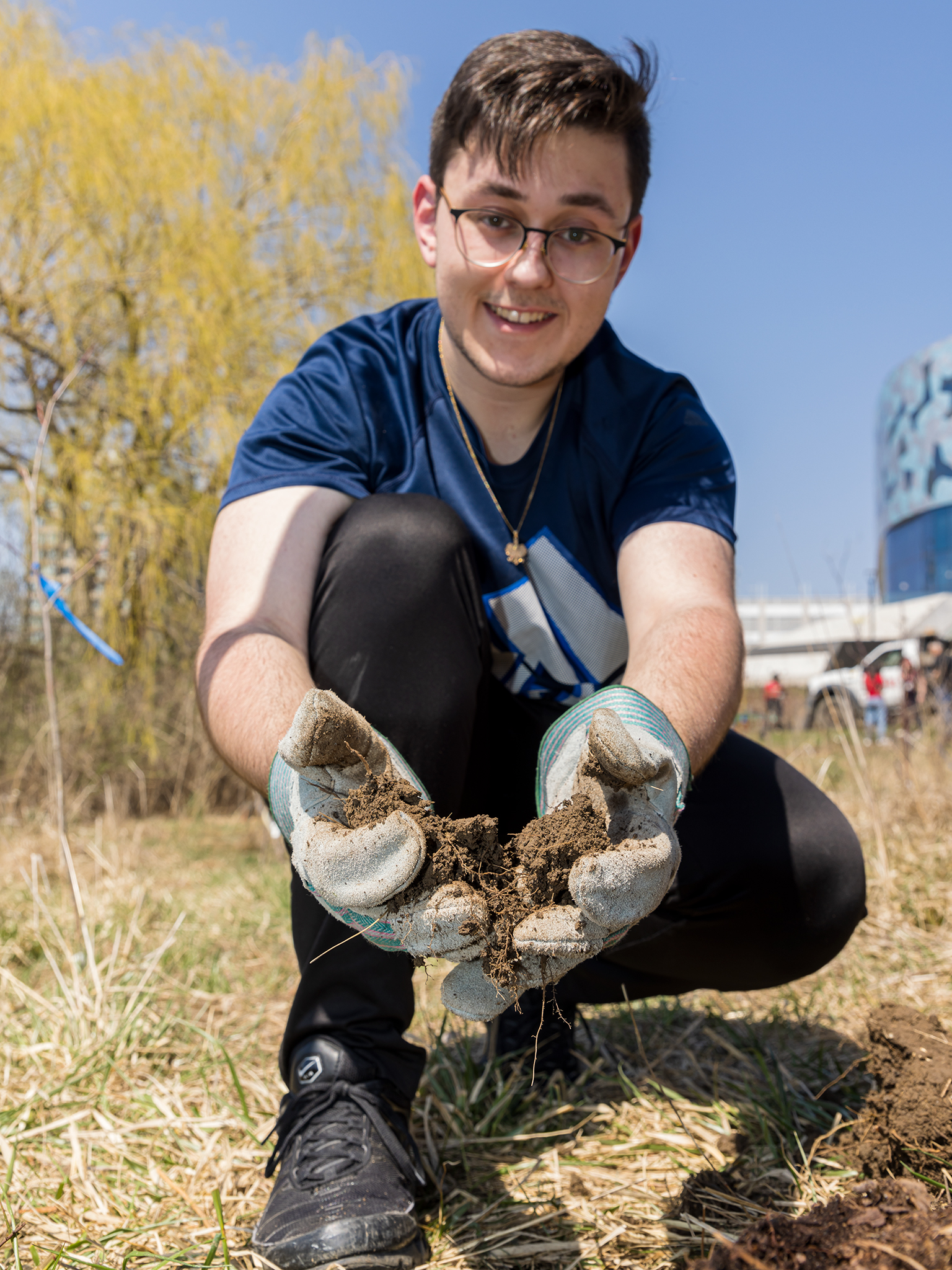
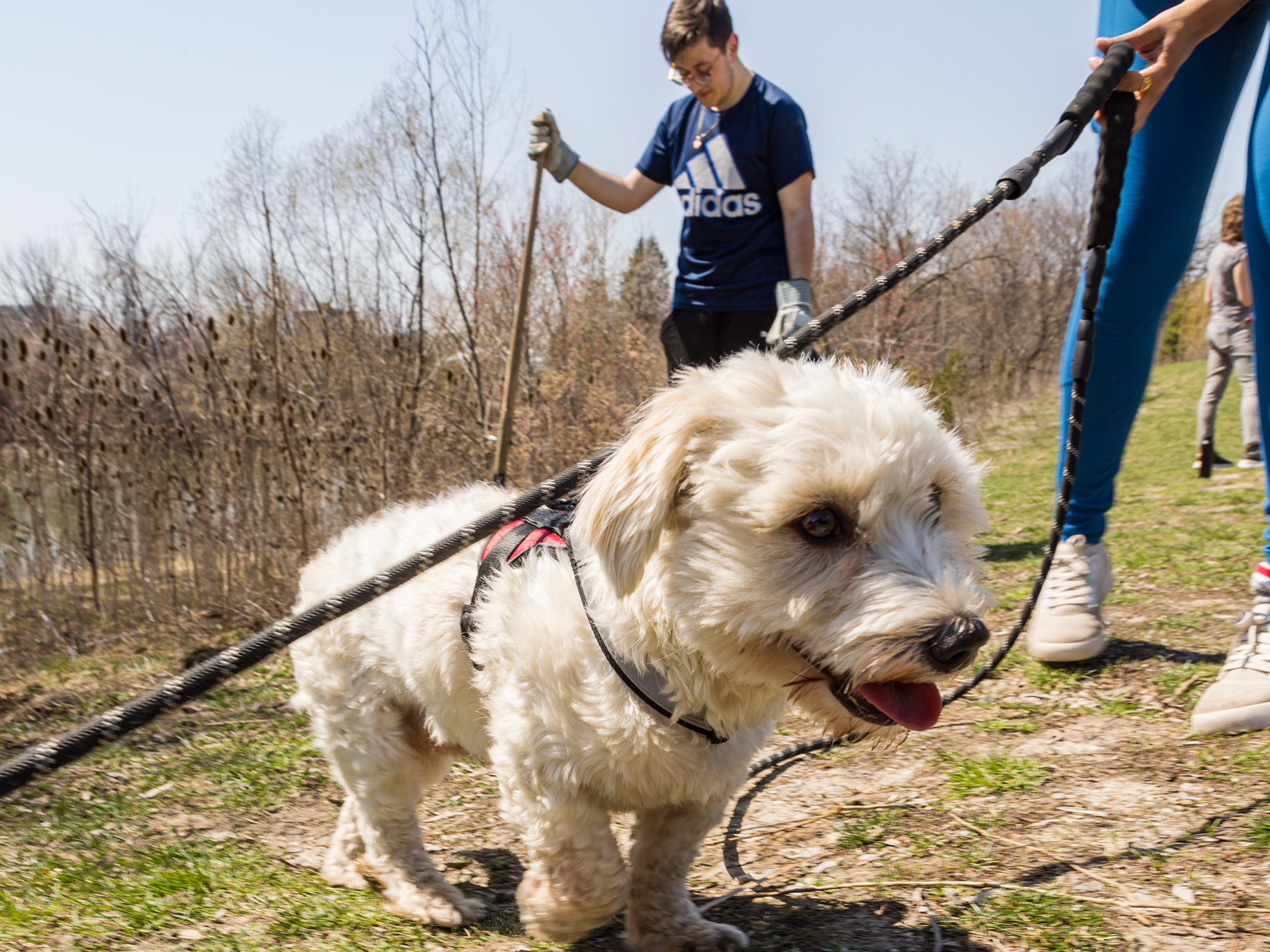
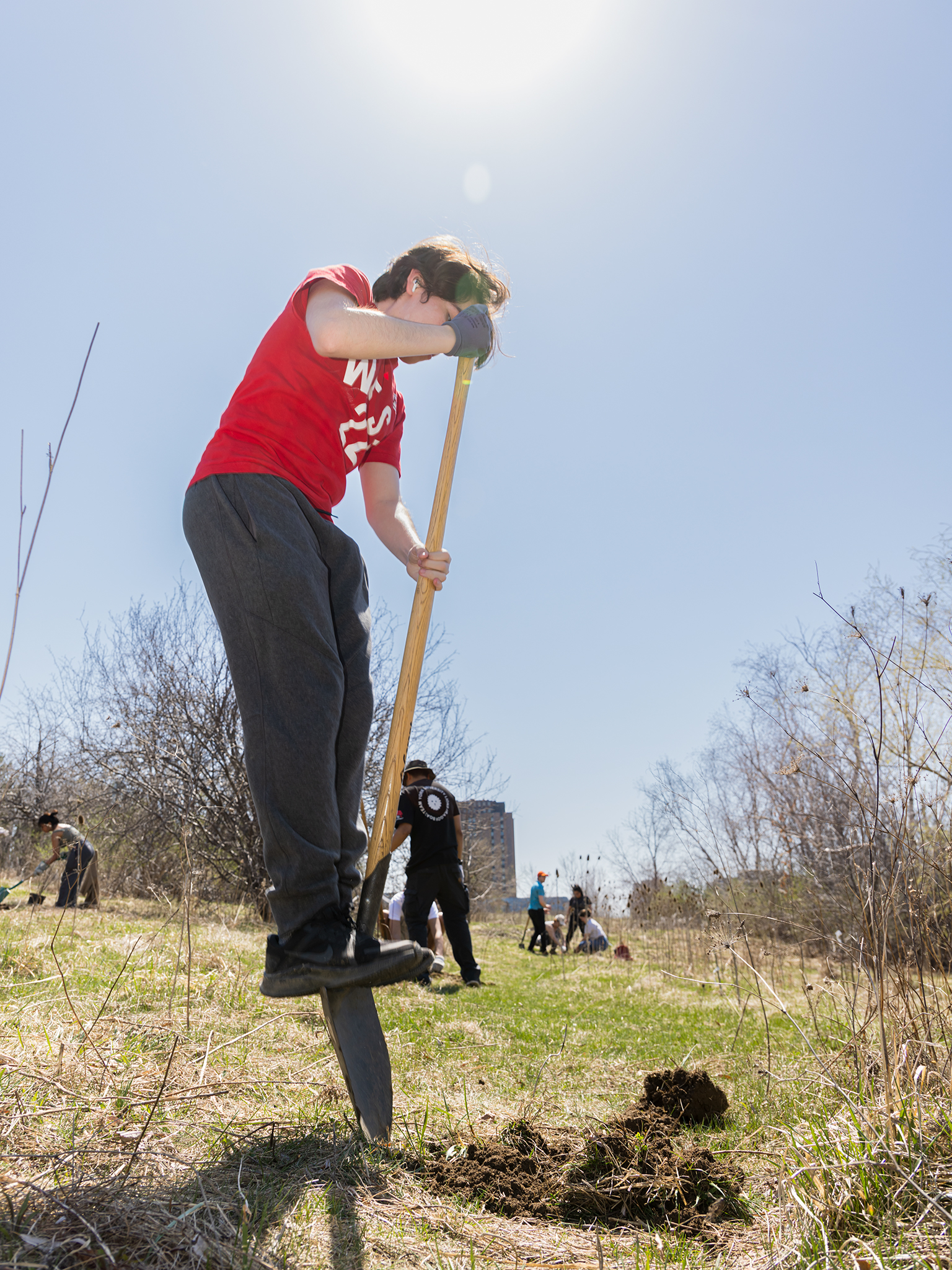
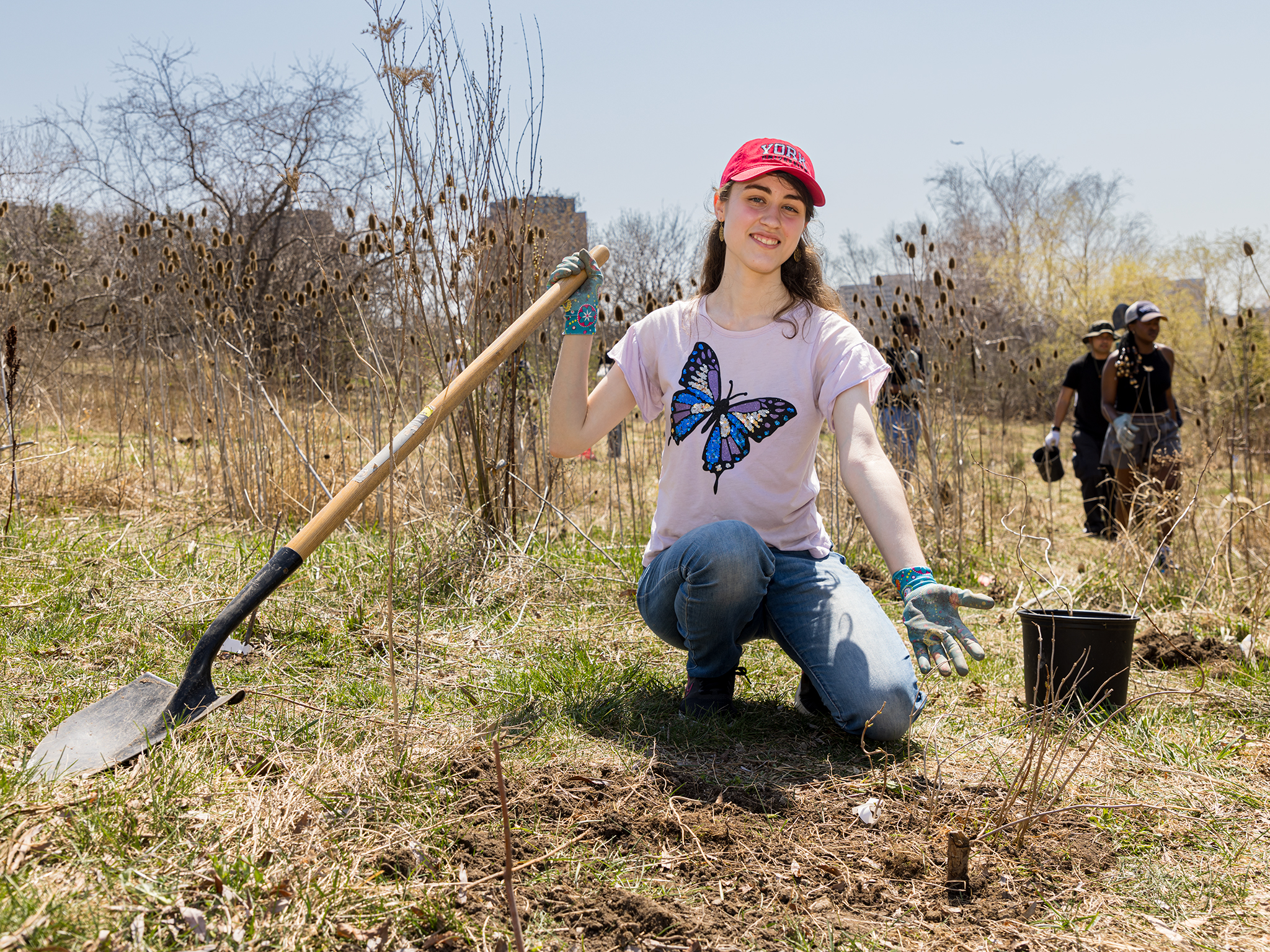
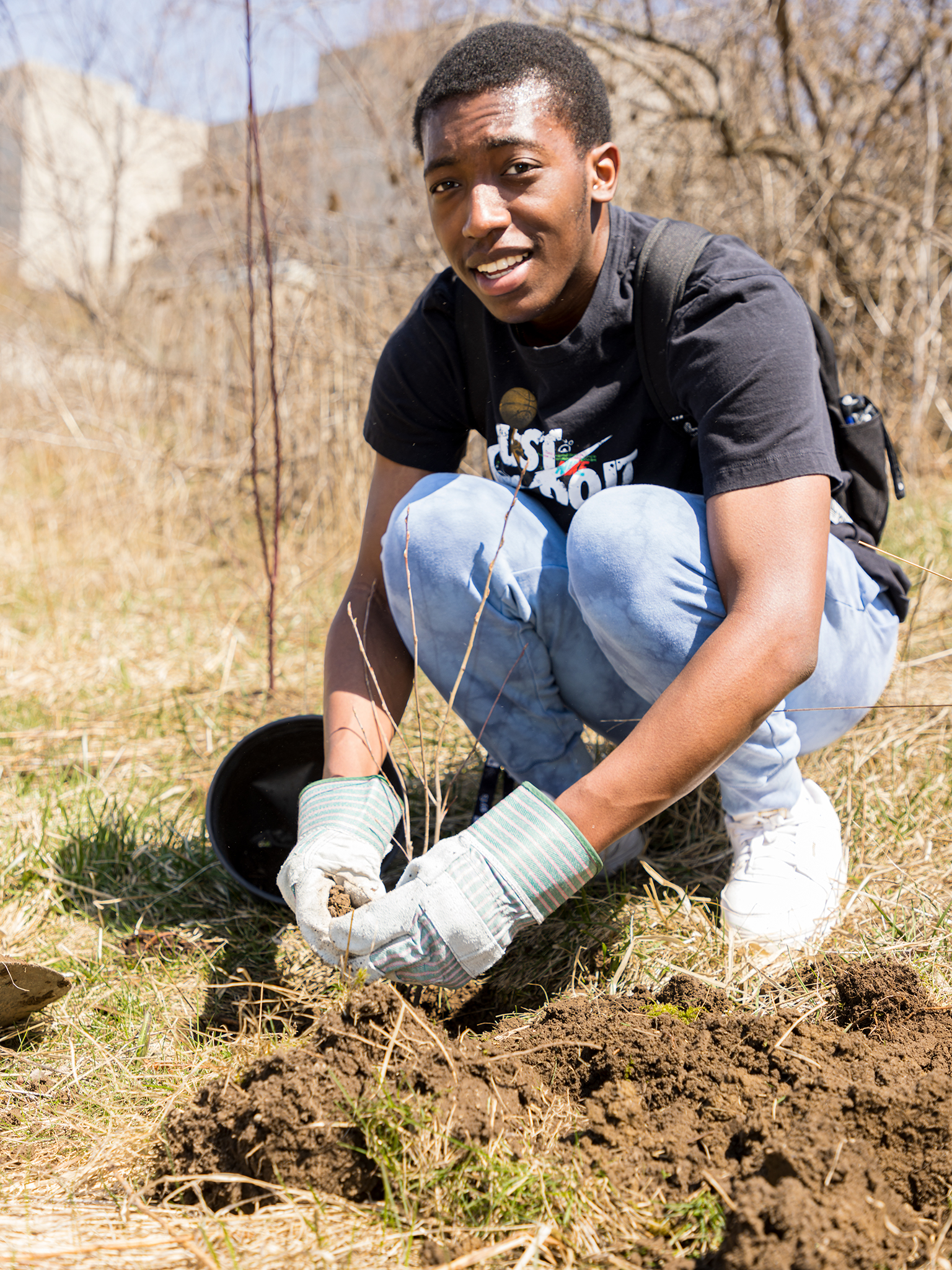
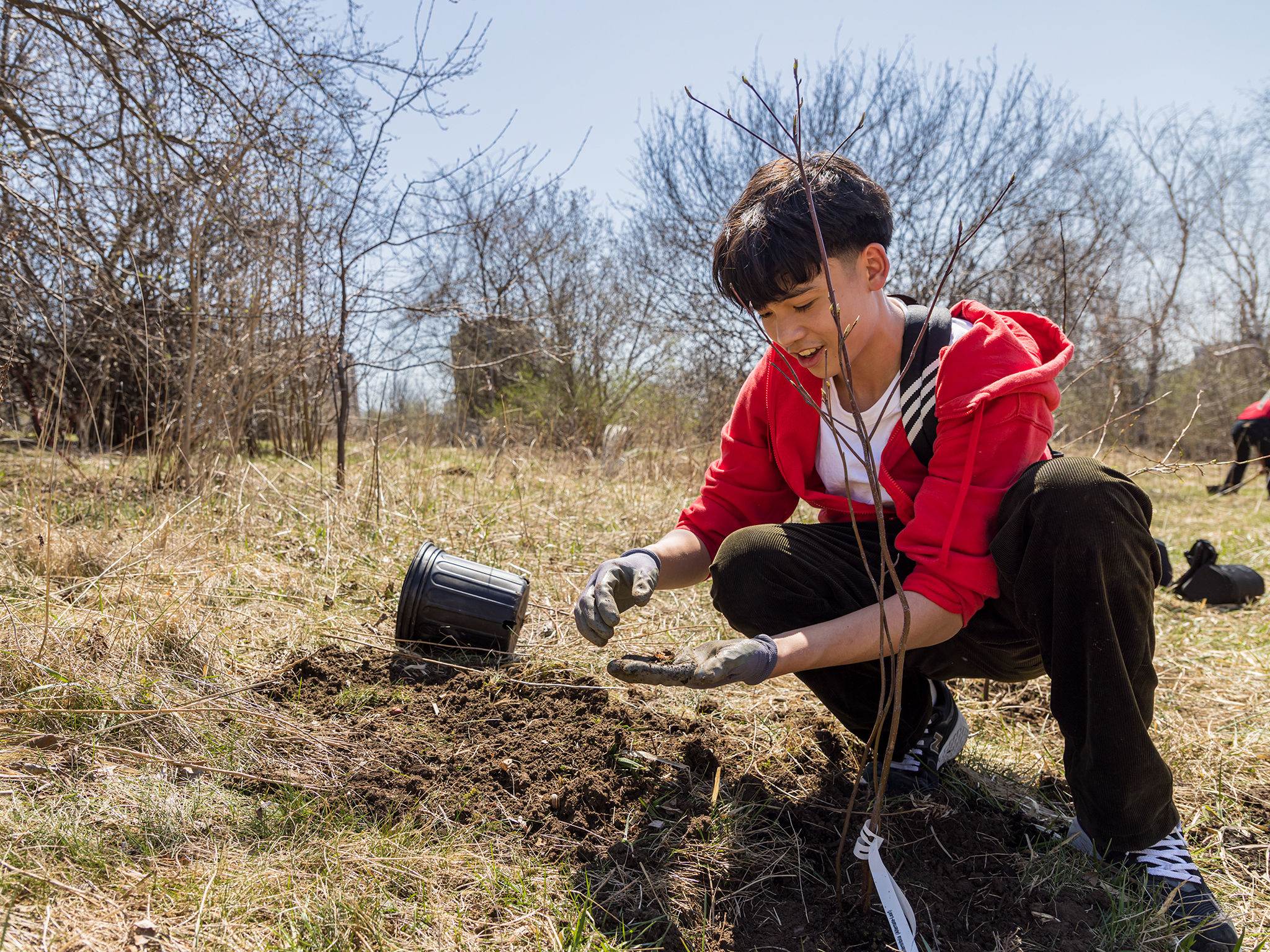
“Trees store carbon, clean our air, provide habitat and food, and provide a multitude of additional benefits for us and the planet. They are a critical part of our response to the climate crisis and our biodiversity needs,” says York’s Chief Sustainability Officer Mike Layton (MES ’06). “On campus, our sustainability hinges on both reducing our carbon footprint and enhancing our local ecosystem – trees help with both.”
Which is why Hill wants to take good care of them.
“Trees are our closest relations,” he says. “We need to show them proper respect to guide them – and us – into a sustainable future.” ■